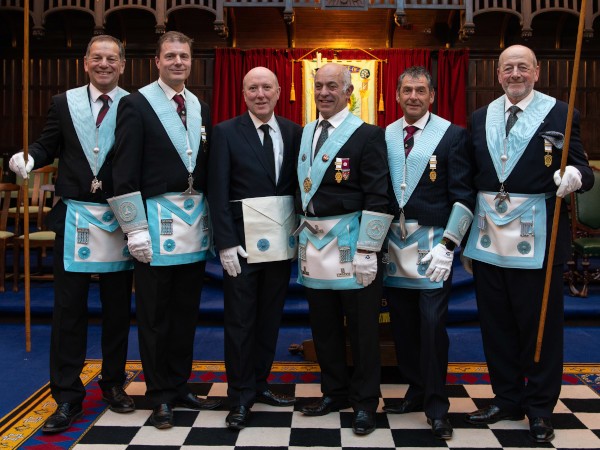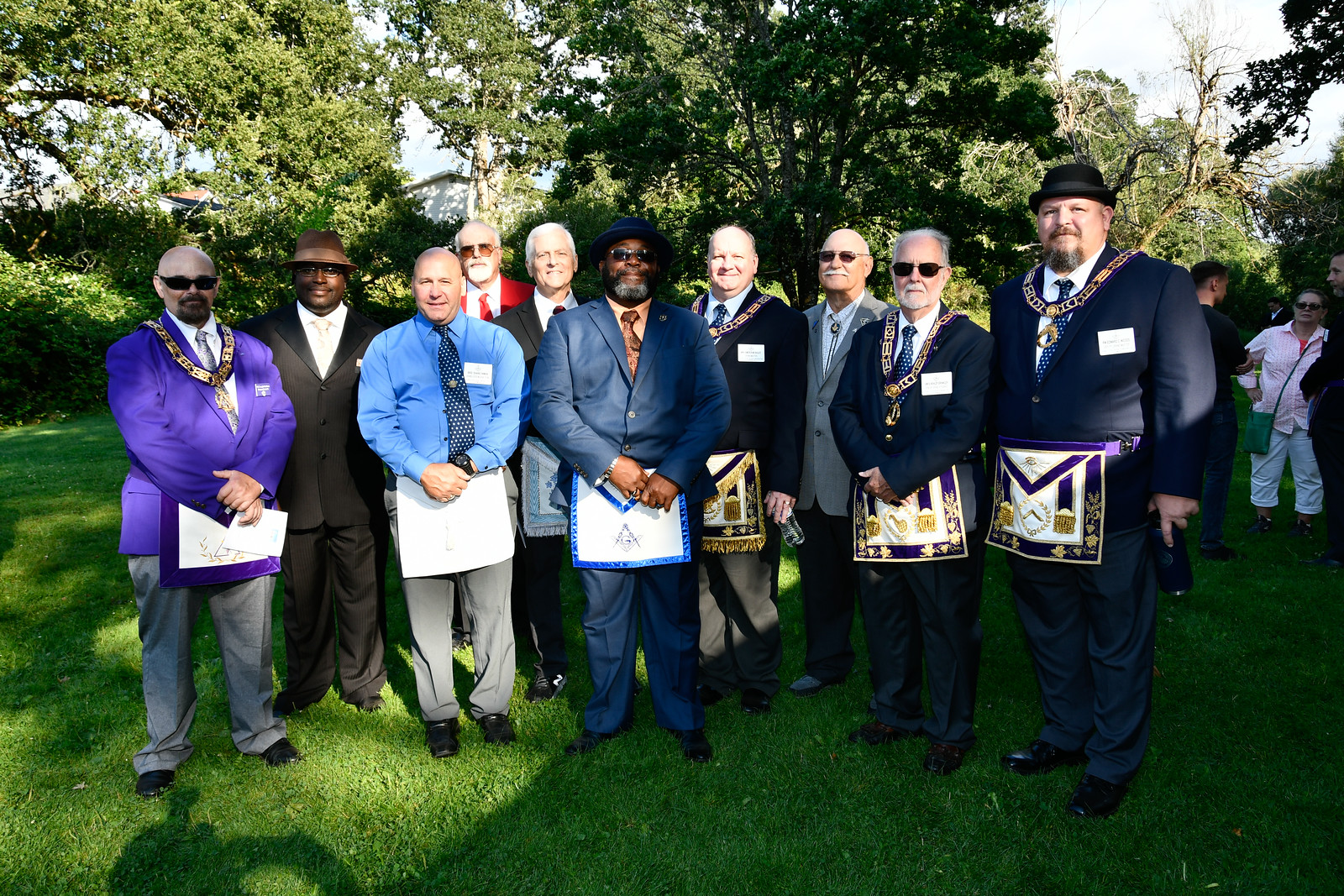Get Started with Simple Instructions on How to Join a Masonic Lodge
Get Started with Simple Instructions on How to Join a Masonic Lodge
Blog Article
Checking Out the Mysteries of the Freemason: What You Required to Know
The Freemason, a term frequently shrouded in intrigue and debate, stands for a complex tapestry of historical truth and contemporary myth. Developed in the late 18th century, this secret society was initially rooted in the Knowledge's suitables however has considering that come to be associated with conspiracy theories regarding elite control. As we navigate the origins, crucial figures, and the stark comparison between misconception and fact, one have to consider just how these narratives affect contemporary perceptions of power and privacy. What could be exposed via a better examination of these elements can challenge long-held assumptions regarding the shadows that linger in our society.
Beginnings of the Freemason
The origins of the Freemason are steeped in a mix of historical intrigue and ideological eagerness. Established in 1776 in Ingolstadt, Bavaria, by Adam Weishaupt, the team was originally formed as a secret culture focused on promoting Enlightenment suitables such as reason, secularism, and the splitting up of church and state. Weishaupt, a teacher of canon regulation, sought to test the prevailing authority of the church and state, which he checked out as overbearing establishments suppressing intellectual and personal freedom.
The Freemason looked for to hire prominent members from different social industries, consisting of national politics, academia, and the arts, to promote a network devoted to these Enlightenment principles. The culture operated under a shroud of secrecy, employing coded language and rituals to protect its members from persecution, particularly given the repressive environment of the moment. The Freemason encountered significant opposition from both governmental authorities and spiritual establishments, which watched the group as a threat to their power.
Secret Figures and Members
That were the crucial figures that formed the Freemason's early influence and instructions? The Bavarian Freemason, established in 1776 by Adam Weishaupt, emerged as an action to the overbearing societal structures of the time. how to become a freemason. Weishaupt, a regulation professor, pictured the company as a way to promote Enlightenment suitables such as reason, secularism, and equality. His preliminary employment efforts consisted of prominent intellectuals, such as Baron von Knigge, that played a vital function in increasing the team's subscription and business structure.
One more significant figure was Johann Gottlieb Fichte, a famous philosopher whose concepts on nationalism and education and learning reverberated with the Freemason's objectives. Although Fichte was not a formal member, his thoughtful bases influenced the team's belief. Furthermore, numbers like the author and philosopher Johann Wolfgang von Goethe were related to the wider intellectual motions of the moment, although their straight participation with the Freemason stays disputed.
These essential numbers added to the Freemason's very early direction, pushing the limits of political and social thought, while their collective initiatives aimed to challenge recognized standards and cultivate a climate of dynamic modification in Europe.
Myths vs. Fact
Lots of misunderstandings surround the Freemason, frequently blending truth with fiction in a method that obscures its true nature. The idea that the Freemason proceeds to put in substantial influence over world occasions is a misconception - how to become a freemason.
Another common misconception is that the Freemason comprises a network of elite individuals adjusting global events. important source In truth, numerous conspiracy concepts exaggerate the group's relevance, attributing unfounded intentions to social fads and events. This has actually caused an oversimplified view of complex problems.

Modern Interpretations
Contemporary analyses of the Freemason often reflect broader societal anxiousness and an attraction with privacy and power. This contemporary lens regularly links the Freemason with conspiracy concepts that suggest a hidden elite manages globe events, controling federal governments and economic climates for their very own gain. Such narratives take advantage of an ingrained question of authority, particularly in times of situation or social turmoil.

Additionally, some contemporary interpretations mount the Freemason as an allegory for the complexities of globalization and the interconnectedness of influential individuals and organizations. This point of view navigate to this site urges an important examination of exactly how power dynamics operate in today's globe, highlighting the equilibrium between transparency and secrecy in administration and business practices.
Cultural Influence and Tradition
Influenced by centuries of intrigue, the cultural effect and heritage of the Freemason extend much past its historical origins. This secret society, developed in the late 18th century, has permeated various facets of popular culture, from literary works and movie to songs and art. The concept of the Freemason has evolved into a sign of conspiracy theory concepts, often representing a perceived concealed power manipulating global occasions.
In literary works, writers like Dan Brown have actually woven the Freemason right into complex stories, fascinating readers with themes of secrecy and power. Films such as "National Prize" and "The Da Vinci Code" better continue the allure of the society, blending truth with fiction to develop engaging narratives.
The Freemason's impact additionally prolongs right into music, with artists referencing the organization to stimulate styles of rebellion and social review. This representation has added to an attraction with the idea of private groups regulating the bars of power, reflecting societal anxieties about authority and transparency.
Ultimately, the Freemason's heritage is an intricate tapestry of myth and fact, shaping assumptions of secrecy and control in contemporary discourse. Its enduring visibility in society underscores humanity's perennial pursuit for understanding covert facts.
Final Thought
The exploration of the Freemason discloses a complicated interplay between historical realities and modern myth-making. Established in the Enlightenment era, this society intended to challenge oppressive structures, yet its heritage has actually been eclipsed by conspiracy theory concepts that recommend elite manipulation. Recognizing the distinctions in between the initial perfects and modern analyses is crucial for comprehending the sustaining attraction with the Freemason and its substantial influence on cultural narratives bordering power and privacy in society.
Report this page